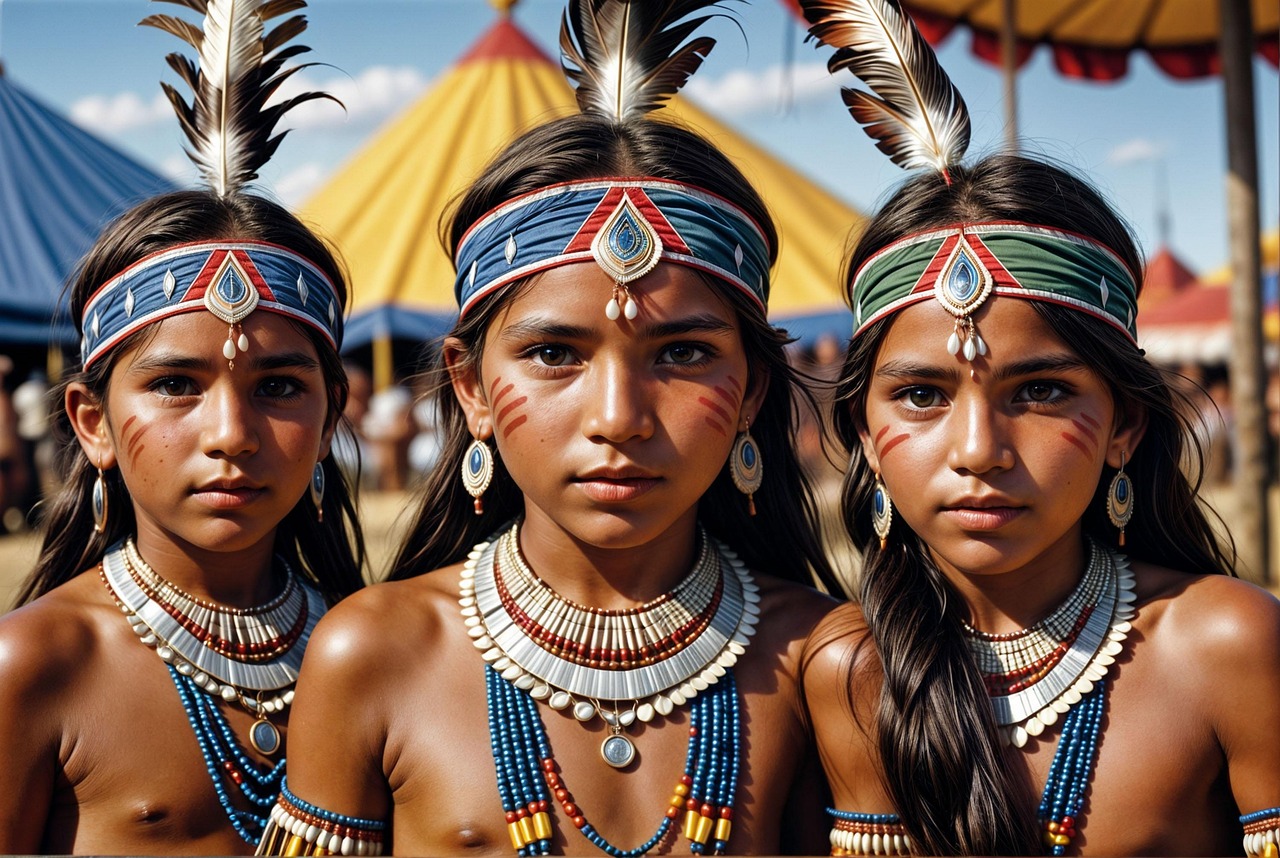Raising children plays a central role in every culture – it determines how values, traditions, and knowledge are passed on to the next generation. Among the Indigenous peoples of North America, often referred to as Native Americans, child-rearing is not only a private responsibility of the parents but a communal process. It is closely tied to spirituality, a deep connection with nature, and cultural identity.
Community over Individualism
A fundamental principle of Native child-rearing is the responsibility of the entire community. Children do not grow up isolated in nuclear families but as part of a clan or tribe. Older siblings, grandparents, aunts, and uncles actively take on roles in raising them. This model strengthens the sense of belonging and teaches from an early age that every individual is part of a greater whole.
Teaching Values through Role Models
Values such as respect, gratitude, courage, and honesty are not taught through strict rules but through example. Children learn by observing: how elders speak, how hunters interact with nature, or how healers conduct rituals. Stories and myths are an important educational tool – they teach moral principles in a lively and memorable way.
Rituals and Spiritual Guidance
Rituals accompany children from the moment of birth. Even naming is a spiritual event, often connected to visions or dreams of the elders. Rites of passage – such as entering adolescence – mark important stages of life. They are not only spiritual but also educational, preparing young people for their future roles as adults.
Raising Children in Harmony with Nature
A central element of child-rearing is the deep bond with nature. Children learn early on that animals, plants, water, and earth must be respected. Hunting, gathering, and crafts are introduced in playful ways so that knowledge and skills naturally become part of daily life.
Modern Challenges
Many of these traditions were suppressed throughout history by colonization, missionary activity, and residential schools. Nevertheless, many Indigenous communities today are working to preserve their ancestral ways of raising children and to combine them with modern approaches. Educational projects are emerging in which traditional stories, language, and rituals are once again being passed on to children.
Conclusion
Native child-rearing shows that values and identity are shaped not only by parents but by an entire community. It combines spirituality, connection to nature, and mutual responsibility – aspects that could be of great importance even in today’s society.

